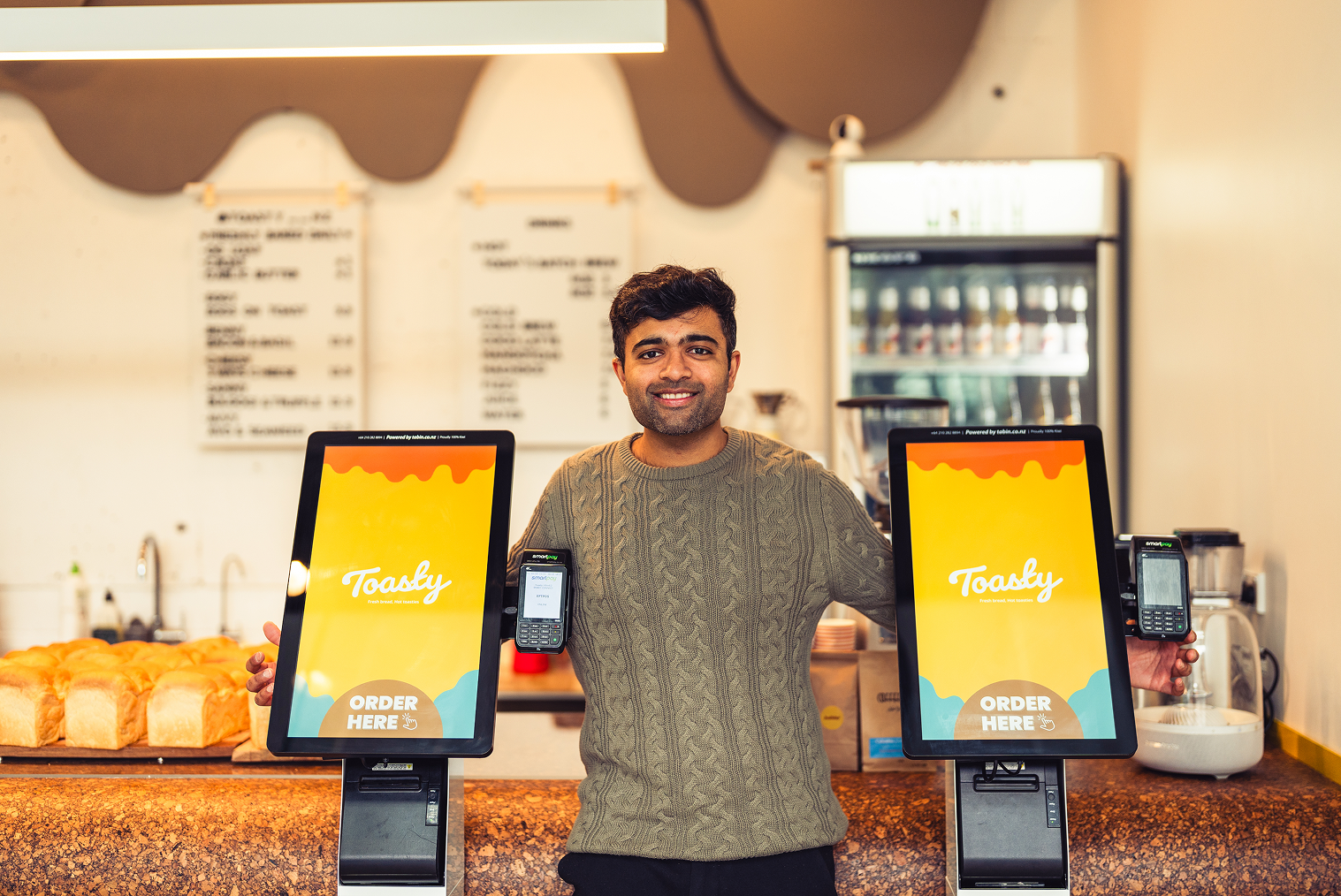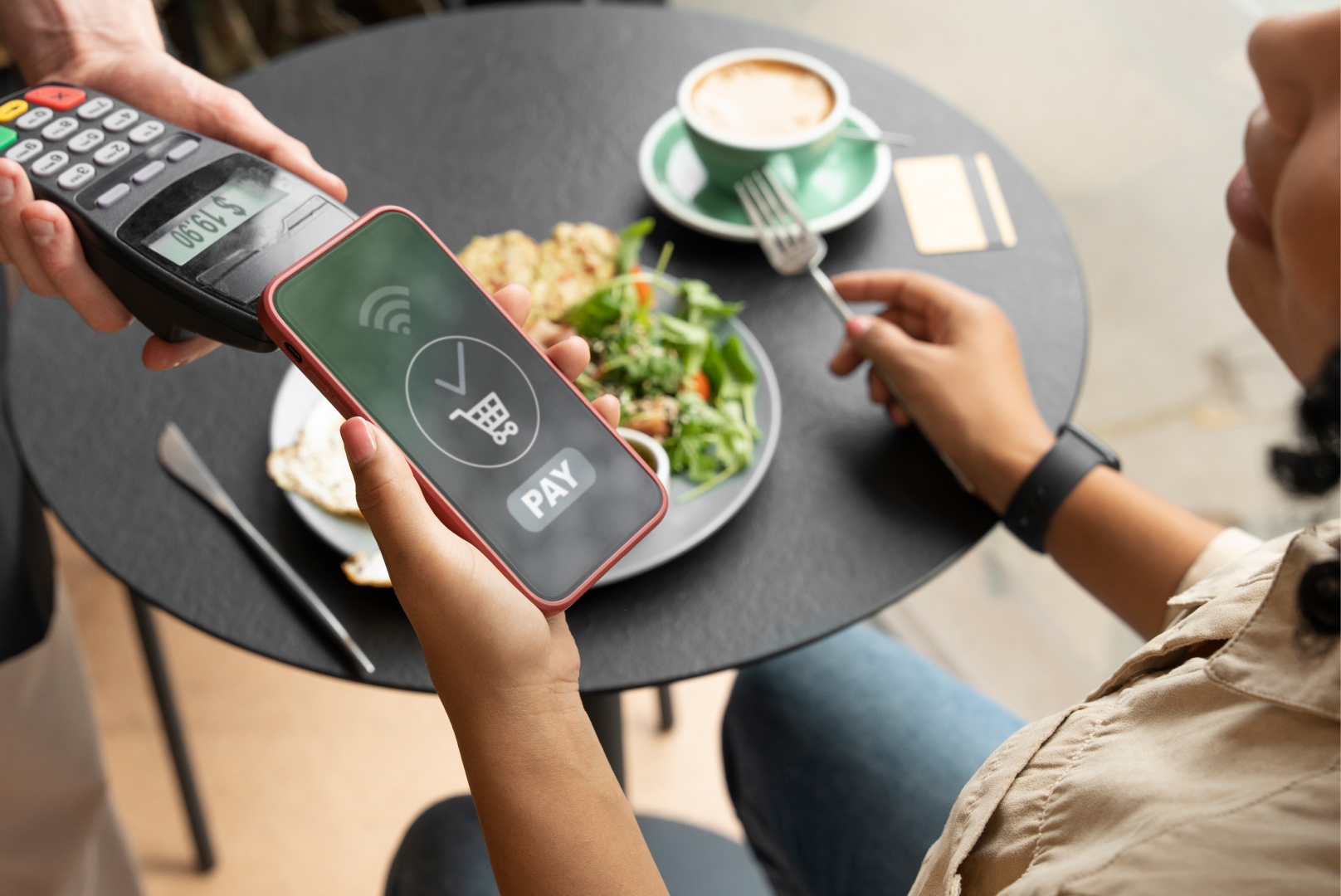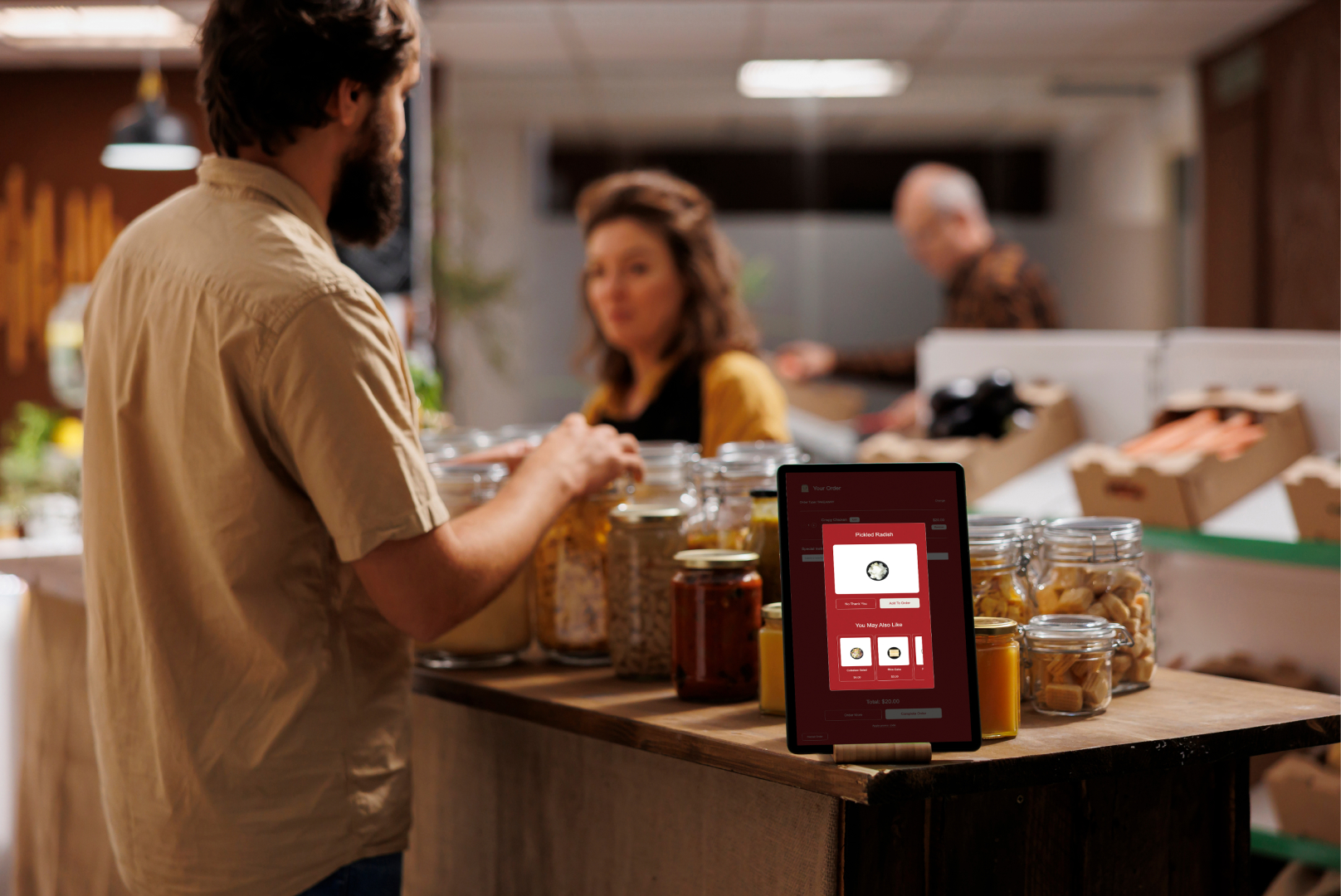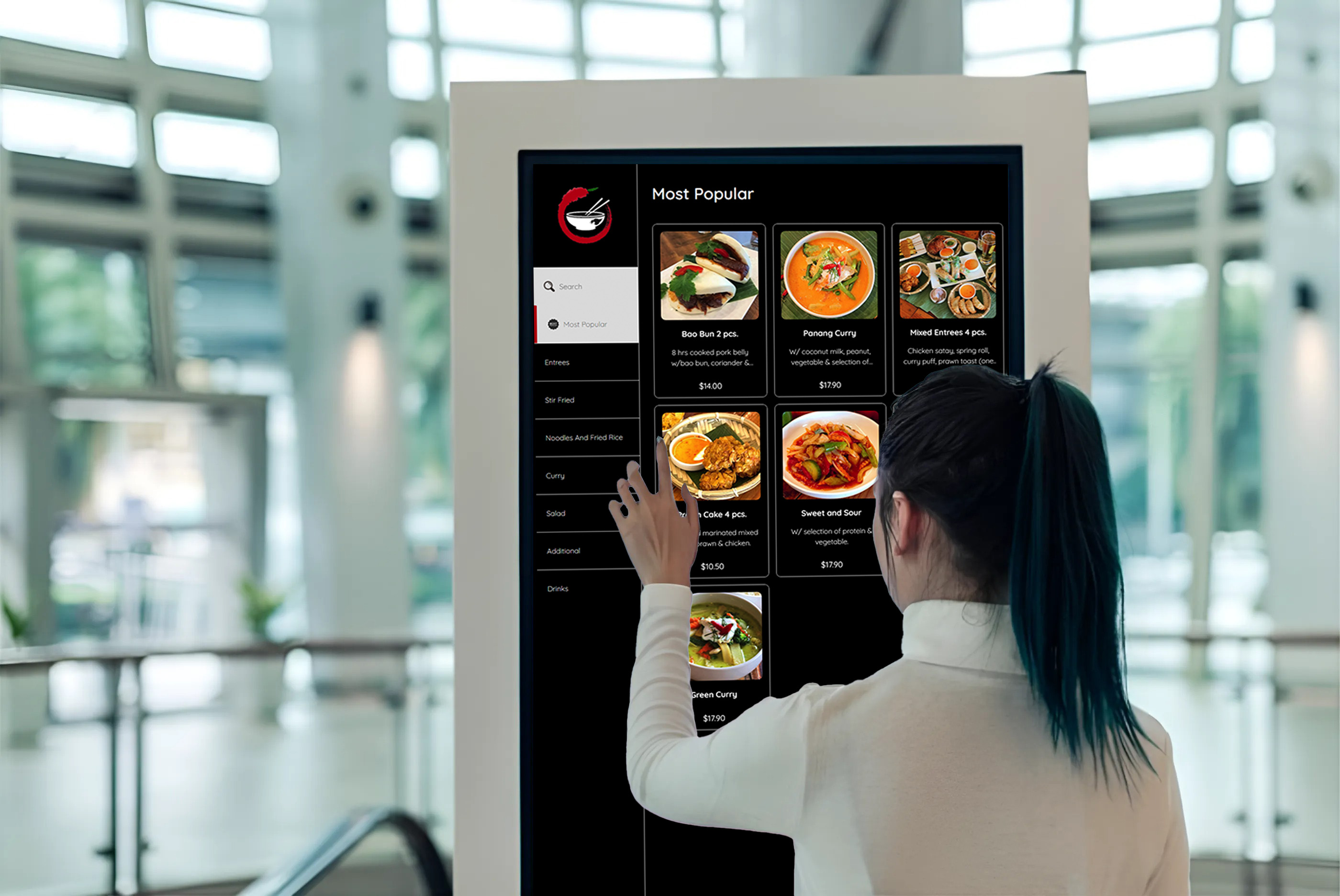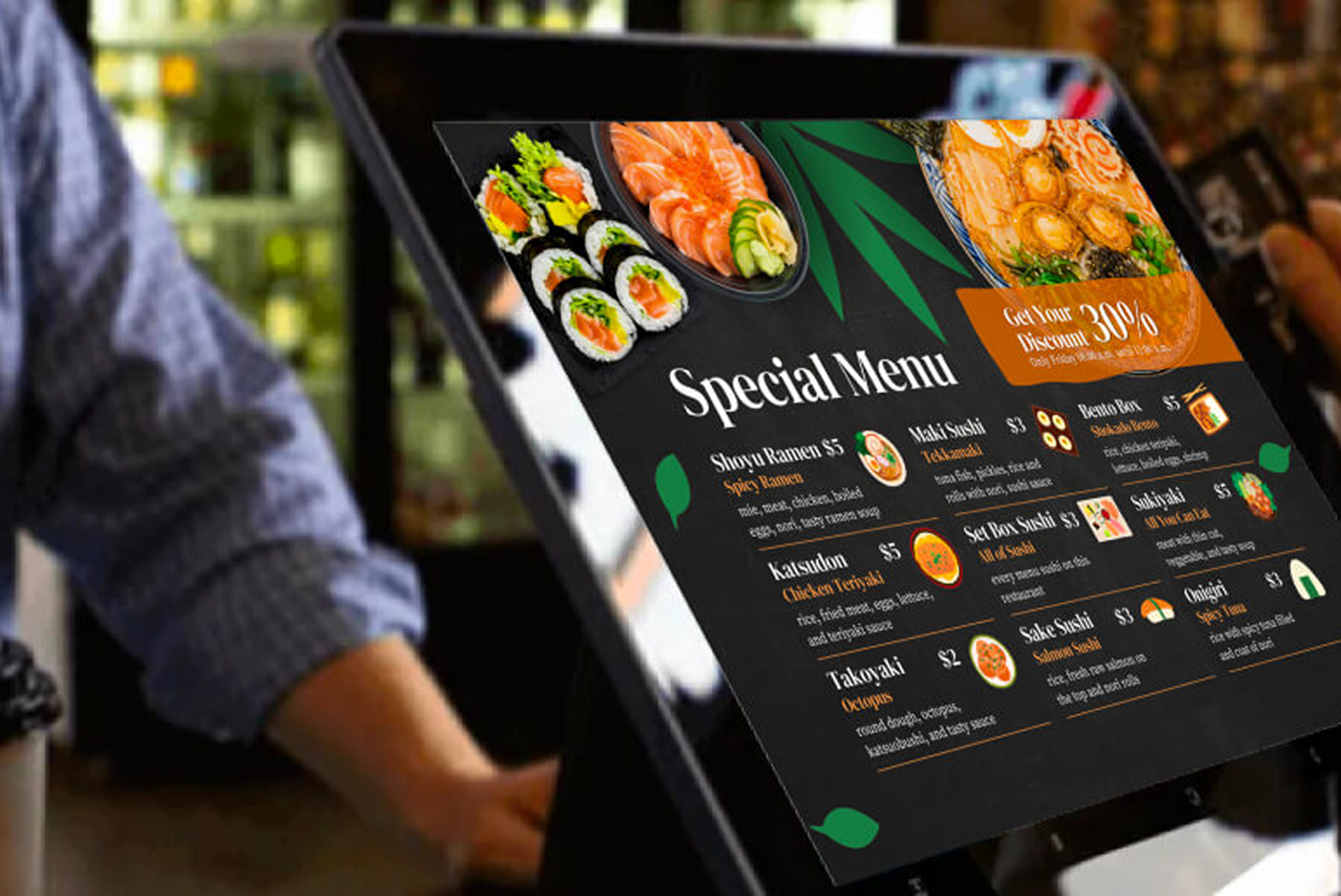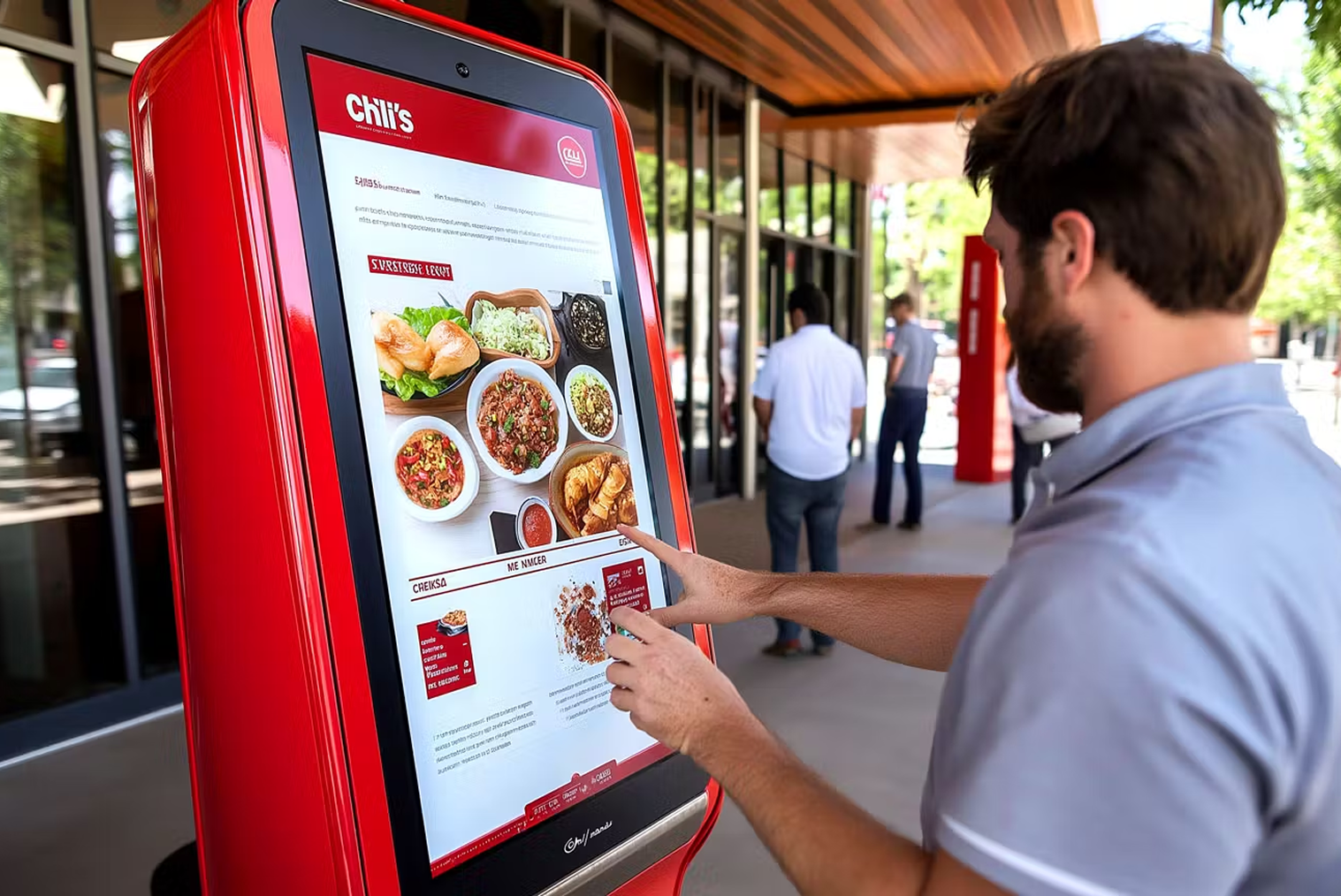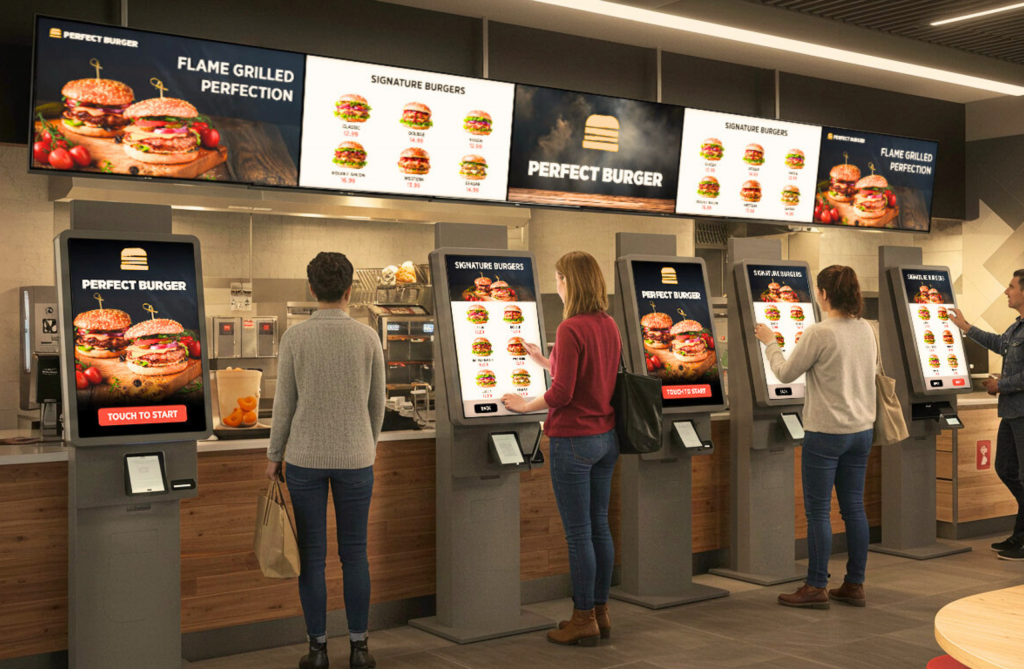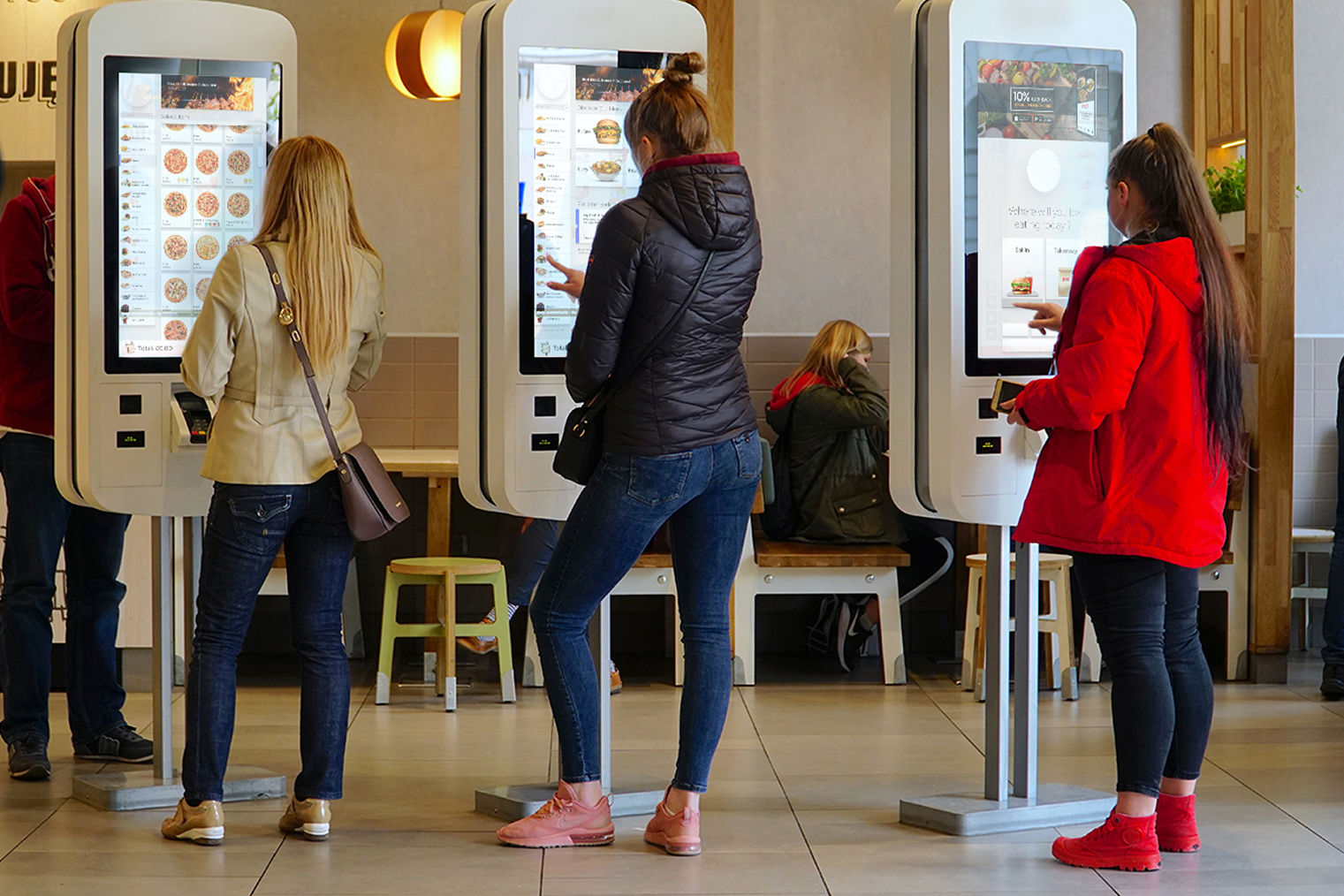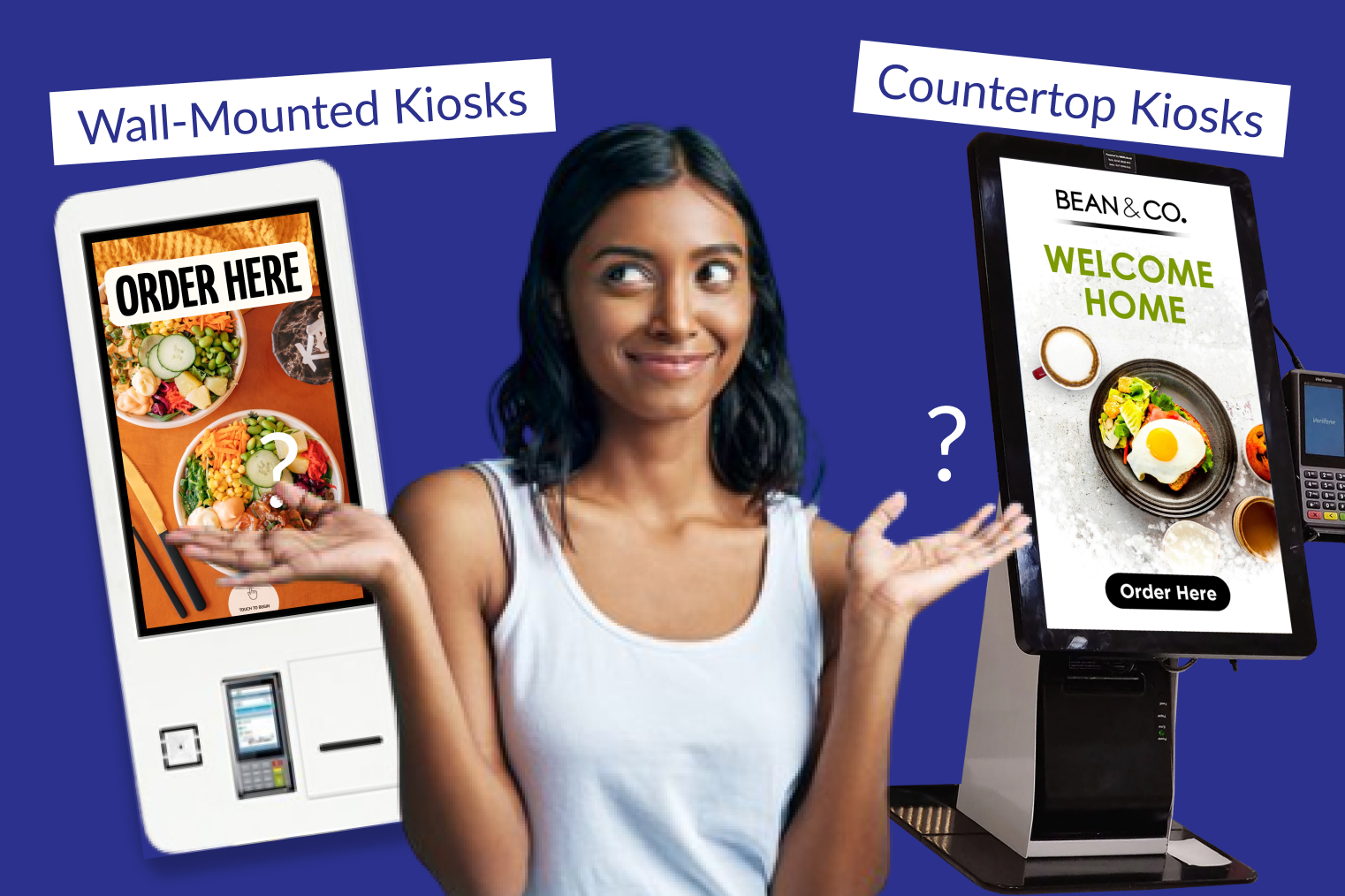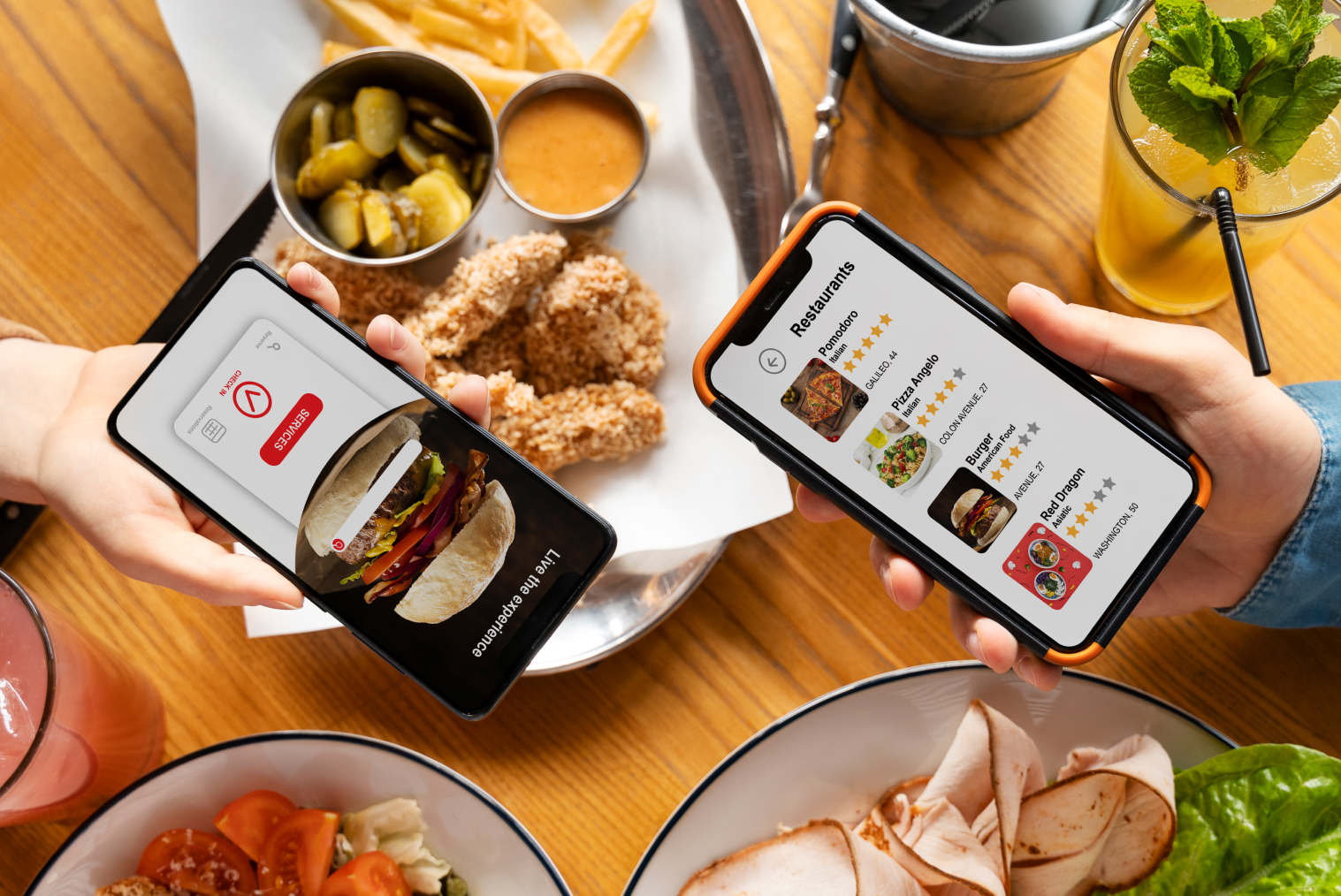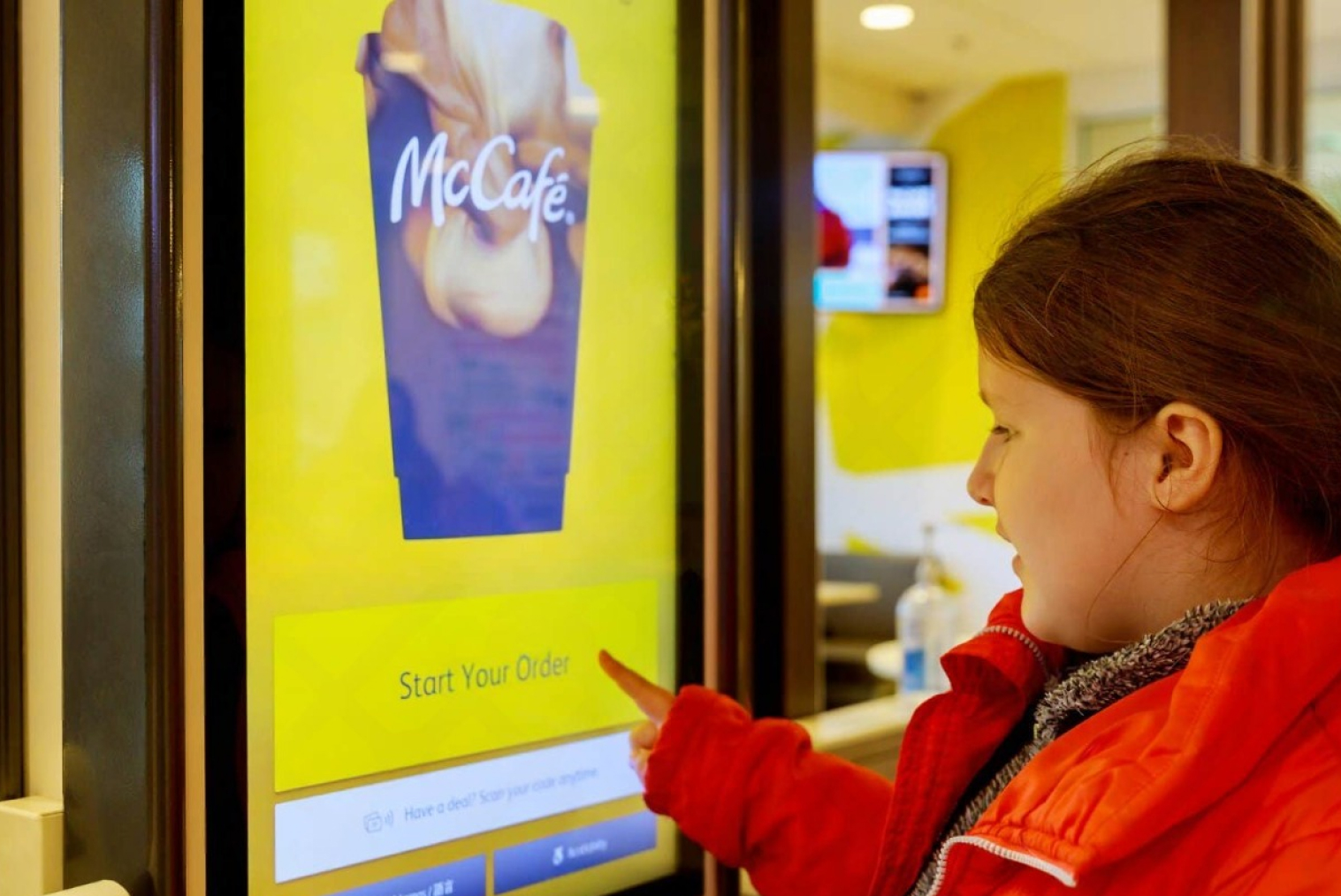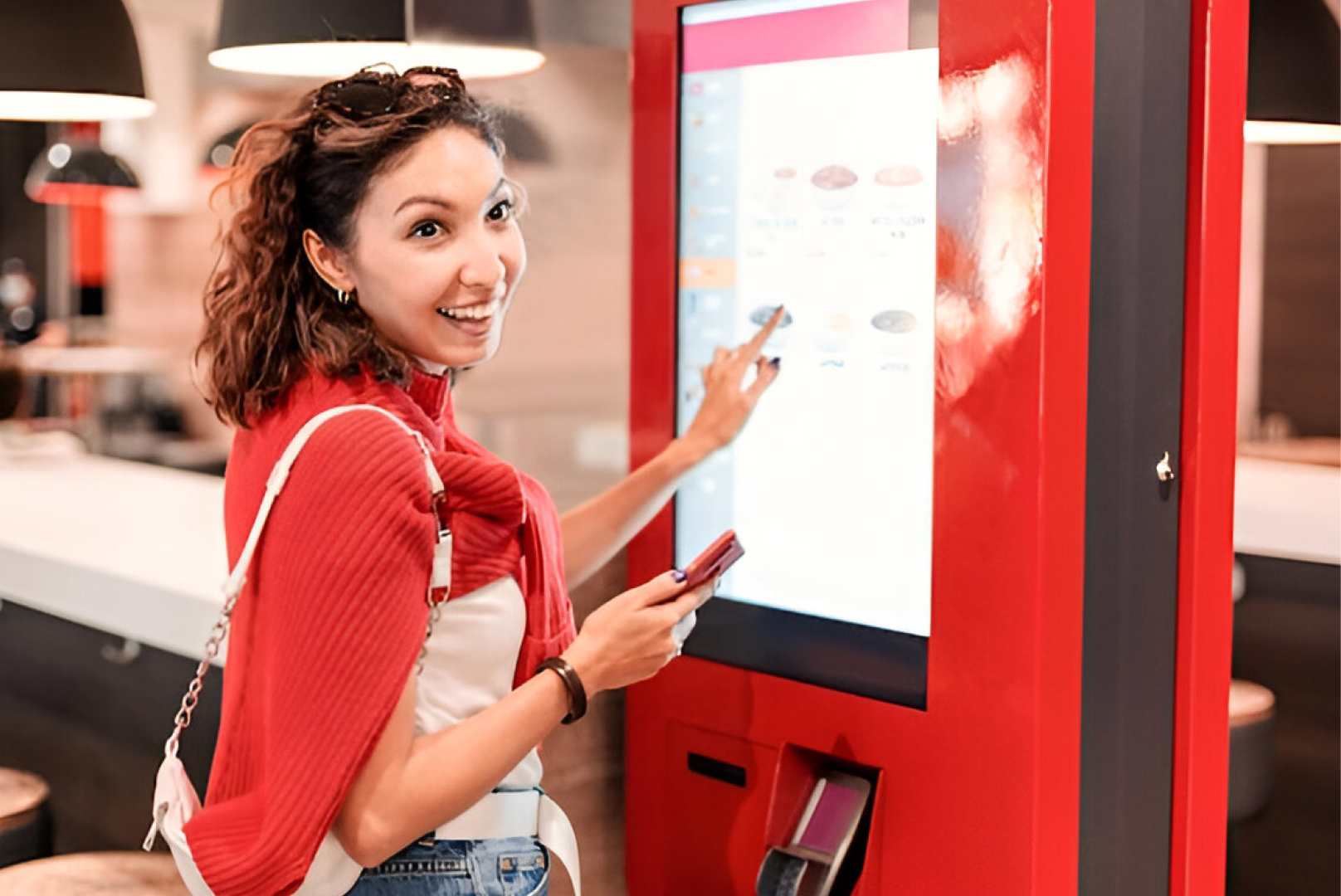Numerous developments brought about by the digital age have transformed many industries, including the restaurant business. The self-service kiosk in restaurants is one such innovation. Thanks to these interactive, user-friendly solutions, patrons' ways of placing food orders, paying for their meals, and even communicating with restaurant employees are changing. The efficient management of these kiosks becomes essential as we move farther into the digital age to improve customer satisfaction, streamline processes, and increase overall productivity. This article examines how restaurant kiosk systems will enhance self-service in the restaurant business.
Beyond Effectiveness:The Role of Restaurant Kiosk System
Installing self-service kiosks in restaurants is only the beginning. Good kiosk management ensures these electronic devices run well, provide a satisfying dining experience for patrons, and eventually help a restaurant business flourish. How to do it is as follows:
Keeping Menus and Content Up-to-date:
Prices, ingredients, and availability should always be accurately reflected on kiosk menus. Kiosk management systems make centralized menu changes possible, guaranteeing uniformity between all kiosks and reducing user annoyance.
Monitoring System Performance in Real-Time:
Monitoring system performance in real-time is essential to effective kiosk management. Metrics like order processing time, system outages, and consumer usage trends can be tracked to help pinpoint problem areas and enhance kiosk performance.
Promotions and Content Management:
Use your kiosk management system to display interesting material in addition to menus. To attract customers and increase sales, consider highlighting seasonal foods, showcasing delectable food photos, or promoting limited-time bargains.
Remote Troubleshooting and System Updates:
Kiosk management solutions facilitate remote troubleshooting of technical faults and system updates. This reduces downtime and guarantees a flawless client experience. Furthermore, remote software upgrades can be applied to your kiosks to ensure they are up to date with security patches and functionality.
Enhancing Client Experience: A User-Centric Method
Kiosk management is about creating a good customer experience, not just the technology. How to do it is as follows:
Intuitive Interface Design:
User-friendliness should come first in intuitive interface design. Large fonts, sensible menus, and intuitive design are all necessary for kiosks to be simple. Accessibility features such as text-to-speech and voice control serve a multilingual clientele and guarantee inclusivity.
Clear and Concise Communication:
Text posted on kiosks must be easy to read, clear, and concise. Make good use of images and refrain from boring clients with long details. Simple prompts and instructions that lead users through the ordering process should be provided.
Data analytics for personalization:
Order trends and popular menu items are just two examples of useful customer information that kiosk management systems may gather. Assess this information to customize kiosk experiences. This may include providing combo discounts that complement regularly ordered items or presenting personalized recommendations based on previous selections.
Effective Management of Self-Service Kiosks
Hardware and software collaborate to provide a flawless client experience in restaurant kiosk systems. While many all-inclusive "turn-key solutions" are available, they frequently fall short of various businesses' particular requirements. For more security and flexibility, it's best to source software separately and ensure the solution fits project needs.
Remote Monitoring:
IT staff members do not need to be present at the kiosks, as they can be configured remotely. This simplifies bug fixes and upgrades, lowering maintenance costs and making kiosks more controllable and economical. By minimizing device downtime, remote administration helps to keep customers' faith in the business's offerings.
Lockdown Mode for Kiosks:
Companies can use the kiosk lockdown mode to limit devices to one or more apps or websites. IT managers can restrict access according to device usage. Quick-service restaurants (QSRs) have single-app kiosks that only run one app, which prevents consumers from accessing other features. Customers can switch between many apps on multi-app kiosks, which also prevents access to other functionalities.
Kiosk Security:
Payment-processing self-service kiosks need to handle sensitive data securely. Businesses should make sure kiosk software suppliers have strong security measures. To safeguard kiosks against malicious attacks, businesses might give IT administrators the authority to impose stringent password requirements and limit system access. Disabling USB ports is also essential to stop malware infections on machines in kiosk mode.
Branding Opportunities:
Kiosk technology presents new options for effective advertising in high-traffic areas. For example, as part of its innovative city project, Houston, Texas, built 25 kiosks that offered location-based information, digital advertising, and free Wi-Fi. By adding components like logos, colors, and fonts through device management platforms, businesses can use kiosks to strengthen their brand identity further and increase brand association and visibility.
In summary, a recipe for success in the digital era
Restaurants can get a multitude of advantages by adopting kiosk management and utilizing these technological resources. A recipe for success in the digital age includes increased customer happiness, improved operational efficiency, and the possibility of higher revenue.
Keep in mind that managing a kiosk involves more than just using technology; it also involves designing a smooth, customized dining experience that meets the changing needs of your patrons. Hence, make an investment in efficient kiosk administration, make the most of your data, and watch as your restaurant kiosk system improves your brand and help you succeed in the future.
Frequently Asked Questions (FAQs)
Q1. Why is kiosk management important for restaurants?
Kiosk management ensures menus, pricing, and system performance are updated in real-time, helping restaurants deliver a smooth and consistent customer experience.
Q2. How do self-service kiosks improve customer satisfaction?
They offer faster service, clear ordering options, and personalization, allowing customers to order at their own pace with fewer errors and delays.
Q3. Can kiosks help restaurants increase revenue?
Yes. By showcasing promotions, upselling combos, and featuring seasonal items, kiosks can encourage higher spending and boost overall sales.
Q4. Are restaurant kiosk systems secure for payments?
Absolutely. Modern kiosks include strong data security measures, such as restricted access, password protection, and malware prevention, ensuring safe transactions.
Q5. How does remote management benefit restaurants using kiosks?
Remote monitoring allows IT teams to troubleshoot, update, and secure kiosks without being on-site, reducing downtime and lowering maintenance costs.

